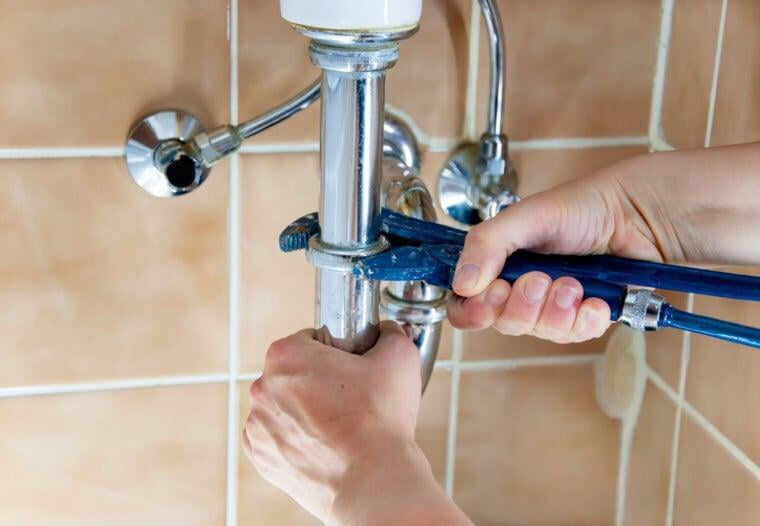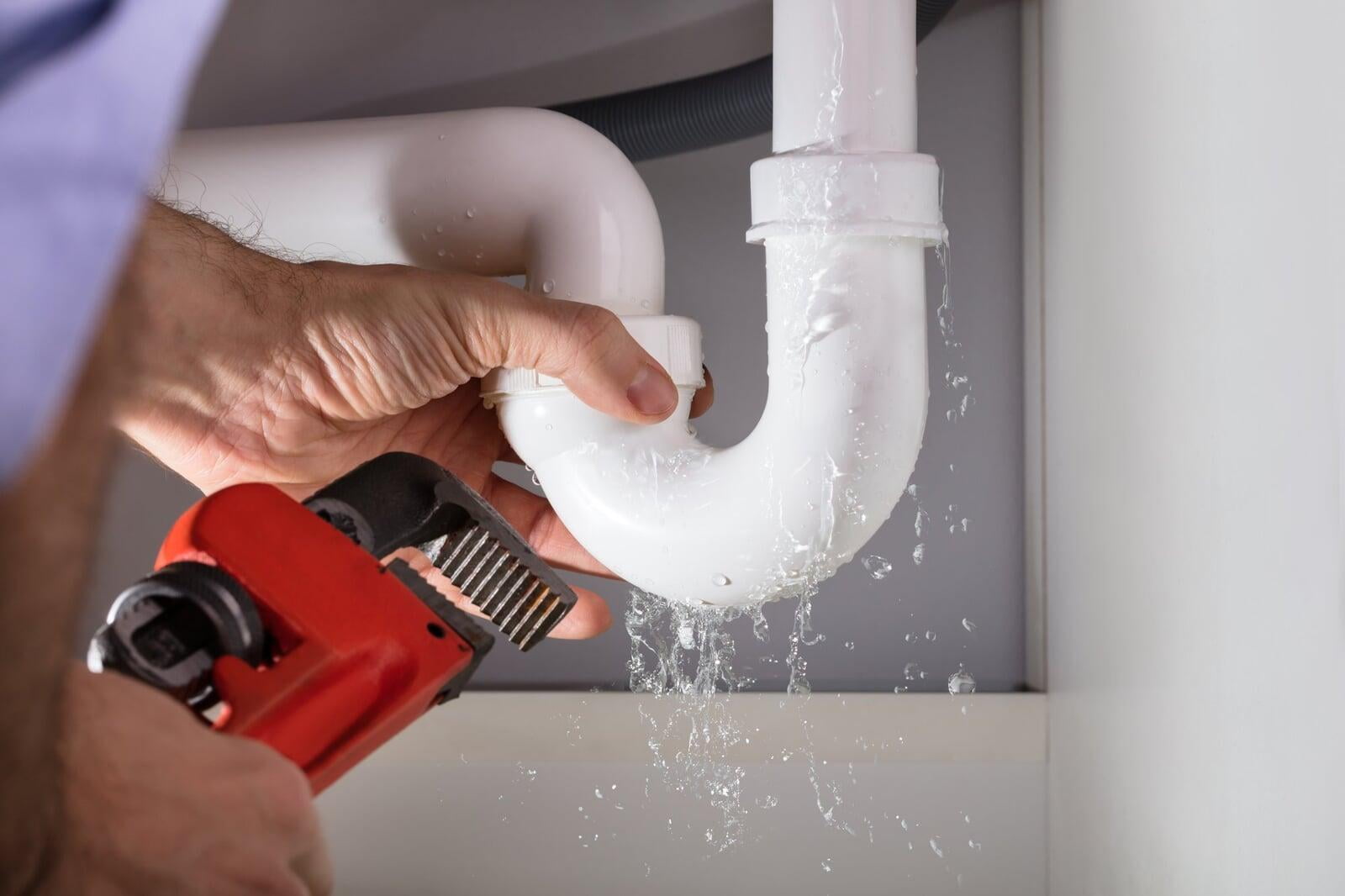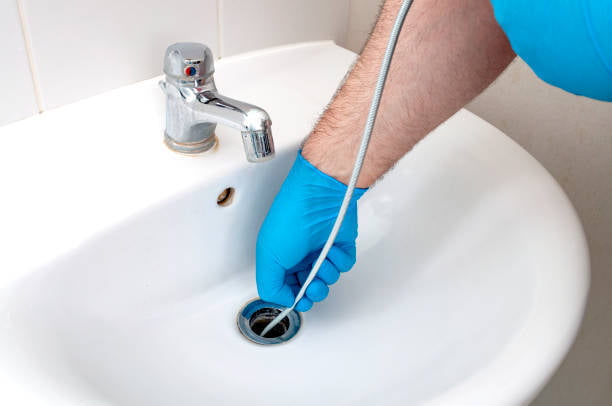Best Plumber in Houston for Clogged Shower and Clogged Toilet Repair
Best Plumber in Houston for Clogged Shower and Clogged Toilet Repair
If you've ever had a clogged shower or clogged toilet, you know how frustrating it can be. Water backing up into your tub or overflowing from your toilet bowl is not only a huge mess, but it can also be a sign of a bigger problem. So, what causes clogged showers and toilets, and how can you fix them? Read on to find out.
Clogged Showers
One of the most common causes of a clogged shower is hair. Whether it's your hair that's clogging the drain or your pet's fur, hair is a major culprit when it comes to backed-up showers. Fortunately, there are a few things you can do to prevent hair from clogging your drain in the first place. First, invest in a drain cover to catch any errant hairs before they have a chance to go down the drain. Second, shampoo your hair directly into a cup or mug instead of letting the water run while you lather up. Third, clean your drain regularly with a natural cleaner like baking soda and vinegar to prevent buildup.
If your shower is already clogged, you can call our best plumbers Houston team to repair it. Boiling water poured down the drain can help break up any stubborn clogs, as can using a plunger or plumbers' snake. If those methods don't work, however, you'll likely need professional help to clear the blockage.
Clogged Toilets
Just like with showers, one of the main causes of clogged toilets is human waste—specifically, nothing but human waste trying to flush down the toilet bowl. This often happens when small children use the toilet and don't know how to correctly use toilet paper. The solution here is two-fold: educate your kids on how to properly use the toilet, and don't try to flush anything other than human waste and toilet paper down the toilet bowl. In other words, no feminine hygiene products, diapers, baby wipes, paper towels, or anything else that isn't designed to break down in water should go into the toilet.
If your toilet is already clogged with human waste (or anything else), and you're unsure about trying any plumbing method, always err on the side of caution and call the best plumbing company in Houston for help.
Clogged showers and toilets are annoying—not to mention gross—but they're also relatively easy to fix (or prevent). The next time you start noticing water backing up into your tub or overflowing from your toilet bowl, remember these simple tips so you can quickly get things back up and running again (or avoid problems altogether)
Why is My Shower Drain Clogged?
Why is My Shower Drain Clogged?
A clogged shower drain can be a major annoyance. Water backing up in your shower can ruin your day and make it difficult to get clean. Fortunately, there are a few things you can do to clear a clog and get your shower back up and running. In this blog post, we'll take a look at some of the most common causes of clogged shower drains and what you can do to fix them.
The most common cause of a clogged shower drain is hair. Hair can become tangled in the drain and cause a buildup that gradually reduces water flow. As more hair collects, the problem gets worse until the drain is completely blocked. The best way to prevent hair clogs is to install a drain cover that will catch the hair before it has a chance to become an issue. If your drain is already clogged, you can try using a plunger or a snake to remove the blockage.
Another common cause of clogged shower drains is soap scum. Soap scum is the residue left behind by bars of soap and body wash. It can build up on the walls of your shower and eventually make its way into the drain. Soap scum can be difficult to remove, but there are a number of commercial products available that will dissolve it. You can also try using boiling water or a vinegar and baking soda solution.
If your shower drain is clogged, it’s time to hunt for the best plumbing in Houston!
How Does a Toilet Get Clogged
How Does a Toilet Get Clogged
A toilet can get clogged for a number of reasons. The most common reason is when people try to flush things down the toilet that shouldn't be flushed, like diapers, sanitary pads, and paper towels. Other objects that frequently cause toilet clogs are small toys, toothbrushes, and hairbrushes. Basically, anything that isn't human waste or toilet paper has the potential to cause a clog.
How Clogs Happen?
Toilets become clogged when an object causes the water to rise up too high in the bowl and then come out of the drain at the bottom of the bowl. The water level in the bowl will continue to rise until it's high enough to overflow onto the floor. If you've ever had a toilet clog, you know that it's not a pleasant experience! Fortunately, there are many best plumbers in Houston who are experienced with such cases and can help you solving the problems.
Preventing Clogs
The best way to prevent toilet clogs is by only flushing human waste and toilet paper down the drain. You should also make sure that there's nothing around the base of the toilet that kids or pets could accidentally flush—toys, toothbrushes, etc. If you have an old toilet, you might want to consider replacing it with a newer model that has a larger trapway. This will help to reduce the risk of clogs happening in the first place.
Nobody likes dealing with a toilet clog—but unfortunately, they're a reality of life. The good news is that there are some easy steps you can take to prevent them from happening in the first place. By only flushing human waste and toilet paper down your drains, and keeping toys and other objects away from the base of your toilets, you can minimally reduce your risk of having to deal with a smelly and unpleasant clog.
How to Quickly and Easily Fix a Clogged Shower Drain
How to Quickly and Easily Fix a Clogged Shower Drain
There's nothing worse than stepping into the shower only to realize that the water is pooling around your feet because the drain is clogged. Thankfully, there's a quick and easy way to fix this problem without having to call a plumber. All you need is a plunger.
Here's what you need to do:
1. Fill a bucket with hot water and pour it down the drain. This will help loosen any hair or soap scum that might be causing the clog.
2. Put the plunger over the drain and make sure there's a tight seal. Then, push and pull the plunger up and down for 30 seconds.
3. Pour another bucket of hot water down the drain to flush out any debris that might have been dislodged by the plunger.
4. Run the shower for a few minutes to make sure everything is flowing smoothly.
If your shower drain is clogged, don't panic! There's an easy way to fix it without having to call a professional. But if you don’t want to get into all these or you have busy schedule, you can always call our residential plumbers Houston for drain unclogging in no time.
How to Plumb a Toilet: A Step-by-Step Guide
How to Plumb a Toilet: A Step-by-Step Guide
Though you can call emergency plumbers Houston to plumb a toilet but with a little bit of know-how and the right tools, you can do it yourself! This guide will walk you through the process step-by-step so that you can have that new toilet up and running in no time.
1. First, you'll need to turn off the water to the toilet. There should be a shut-off valve located behind the toilet or underneath the sink.
2. Once the water is shut off, flush the toilet to empty out the tank.
3. Next, use a sponge or rag to remove any remaining water from the tank.
4. Now it's time to remove the old wax ring from around the base of the toilet. Use a putty knife or screwdriver to pry it up.
5. With the old wax ring removed, you can now disconnect the supply line from the shut-off valve. Use an adjustable wrench to loosen the coupling nut, then twist and pull the supply line away from the valve.
6. The next step is to remove the bolts that secure the toilet bowl to the floor flange. There are usually two bolts, one on each side of the bowl. Use an adjustable wrench or socket wrench to remove them.
7. With the bolts removed, you should now be able to lift off the bowl and revealing the flange beneath it.
8. Inspect the flange for any damage and make sure that it is still level and properly secured to the floor before proceeding.
9. If everything looks good, you can now take your new wax ring and place it around the flange. Make sure that it is seated properly and not twisted before moving on to the next step.
Now it's time to re-attach the bowl to the flange using the bolts you removed earlier. Once again, there should be two bolts, one on each side of the bowl. Tighten them down using your wrench until they are snug but not too tight—you don't want to strip the threads!
Yes, we know it looks little bit difficult to understand a technician language, therefore, we, best plumbing Houston at Houston Plumbers are available 24*7 in your services. Call us anytime if you are dealing with any residential or commercial plumbing issues.






